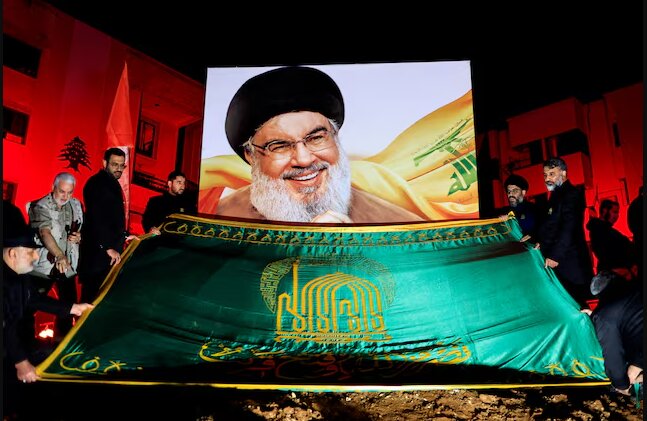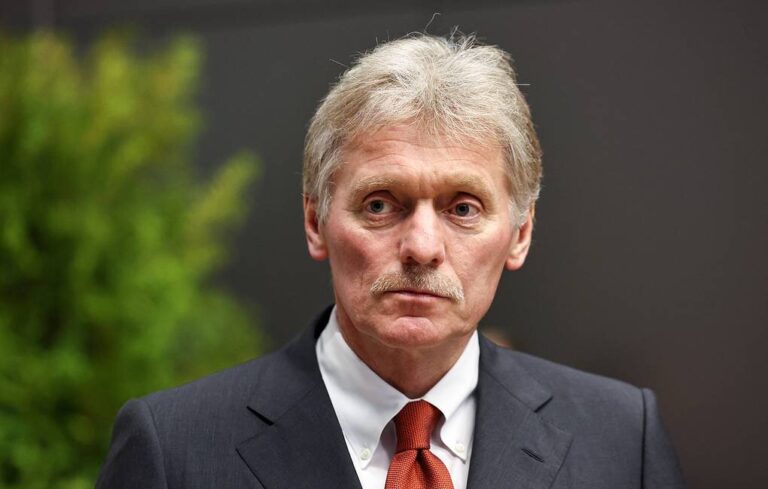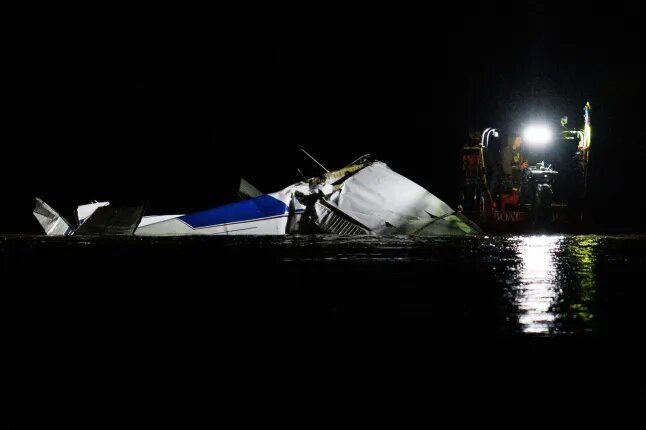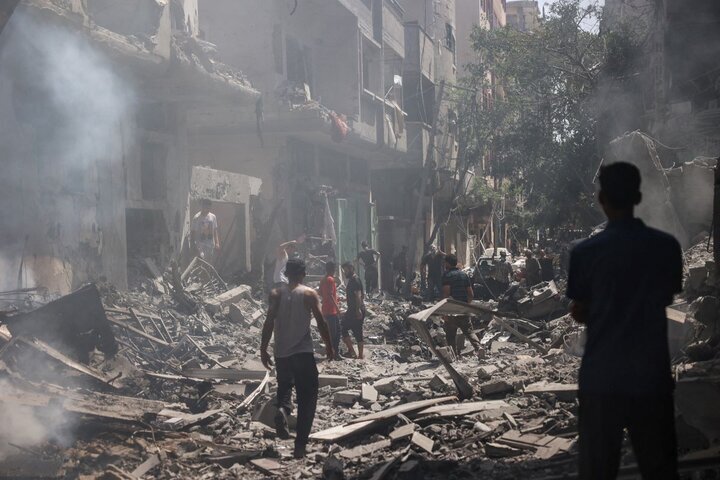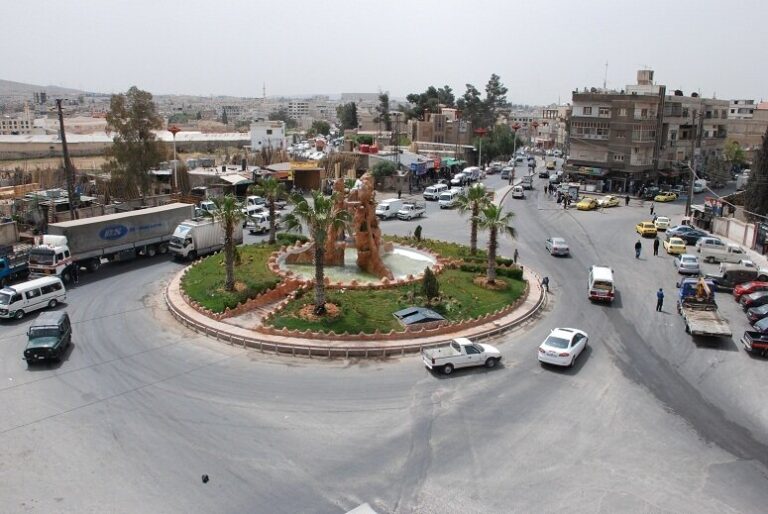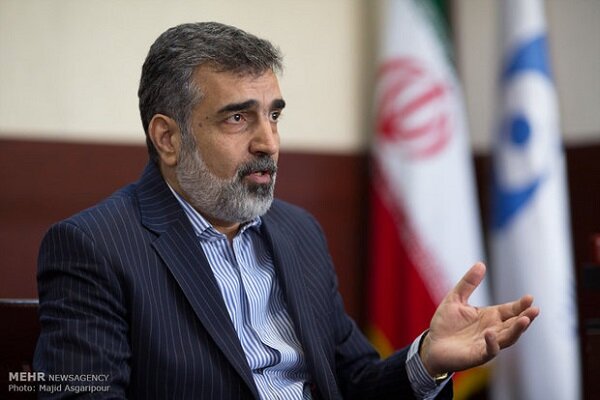Hezbollah Plans Grand Farewell: Mass Funeral for Leader Nasrallah in Lebanon
On September 27, a significant event unfolded in the Middle East with the assassination of Hezbollah leader Nasrallah during an Israeli airstrike. This incident marks a pivotal moment in the ongoing conflict between Israel and Hezbollah, and it continues to resonate with supporters of the Shi’ite Muslim group.
Nasrallah was a revered figure among Hezbollah supporters, having led the group through decades of intense conflict with Israel. His leadership was instrumental in transforming Hezbollah into a formidable military force with considerable regional influence. Over the years, he emerged as one of the most prominent Arab leaders, shaping perceptions and strategies within the context of Middle Eastern politics.
The recent developments surrounding his assassination have raised questions about the future of Hezbollah and the implications for regional stability. Here are some key points to consider:
- Leadership Transition: Following Nasrallah’s death, Hashem Safieddine took over the leadership of Hezbollah for a brief period. His tenure lasted only one week before he too was killed, highlighting the precarious nature of leadership within the group.
- Israeli Intelligence Operations: The swift elimination of two key leaders within Hezbollah demonstrates the extent to which Israeli intelligence has penetrated the organization. This raises concerns about the security and operational capabilities of Hezbollah moving forward.
- Impact on Supporters: The funeral for Nasrallah in Beirut’s southern suburbs is expected to draw a large crowd, reflecting his enduring legacy and the loyalty of his supporters. Such events often serve to galvanize the group’s base and reinforce its narrative against Israel.
- Regional Repercussions: The assassination of a prominent figure like Nasrallah could have far-reaching consequences for the balance of power in the region. It may embolden other factions or alter alliances in the ongoing conflict.
The funeral of Nasrallah is not only a moment of mourning for his supporters but also a critical point for Hezbollah as it navigates the aftermath of his death. The ceremony will take place in the same southern suburbs of Beirut where he was a dominant figure, further cementing his legacy among followers.
Hezbollah has historically positioned itself as a resistance movement against Israeli aggression, and Nasrallah’s leadership was central to that identity. His ability to rally support and maintain a strong military presence has been a defining characteristic of the group during turbulent times.
As the region observes the developments post-assassination, analysts and political commentators are closely watching Hezbollah’s next moves. The loss of leadership figures can create a vacuum, potentially leading to internal strife or a shift in strategy as the group reassesses its position and objectives.
In conclusion, the assassination of Nasrallah and the subsequent death of Hashem Safieddine mark a significant turning point for Hezbollah. As the group mourns the loss of its leaders, the implications for regional stability and the ongoing conflict with Israel remain to be seen. The situation is fluid, and the responses from both Hezbollah and Israel will likely shape the future dynamics of the region.
Moving forward, it will be essential for observers to monitor how Hezbollah adapts to these challenges, how its supporters react, and what strategies they implement to continue their resistance efforts in the face of such significant losses.
As the story continues to unfold, the international community remains attentive to the developments, recognizing that the consequences of these events will extend beyond Lebanon and into the broader Middle Eastern landscape.
